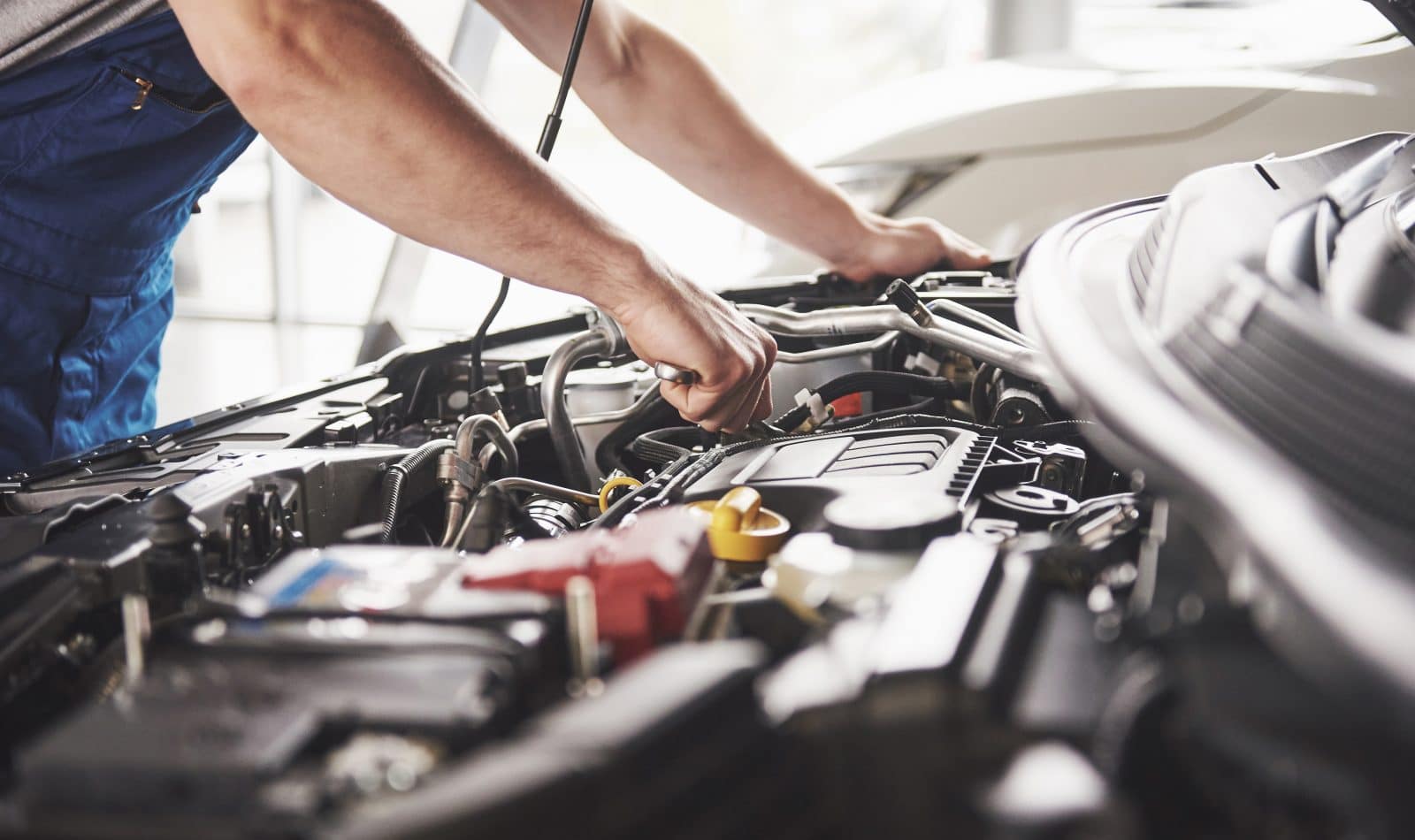Congratulations! You’ve finally earned your driver’s license and are ready to hit the road. But before you zoom off into the sunset, let’s take a moment to talk about car maintenance. It may sound boring, but trust me—understanding the basics can keep your ride smooth and your wallet happy.
Whether you’re a new driver or just need a refresher, let’s dive into the essentials of keeping your car in tip-top shape!
Why Car Maintenance Matters
Imagine cruising down the highway, wind in your hair, when suddenly your car starts making a sound that could rival a walrus concert. Not ideal, right? Regular car maintenance can help prevent these unexpected surprises.
According to the National Highway Traffic Safety Administration (NHTSA), routine maintenance ensures safety, improves fuel efficiency, and can even extend the lifespan of your vehicle.
Oil Changes: The Lifeblood of Your Engine
Think of motor oil as your car’s lifeblood. It lubricates the engine, reduces wear and tear, and keeps everything running smoothly. Over time, however, oil can become dirty and less effective. Most manufacturers recommend changing the oil every 5,000 to 7,500 miles, but it’s essential to check your owner’s manual for specifics.
How to Change Your Oil: A Quick Guide
- Gather Supplies: You’ll need new oil, an oil filter, a wrench, a drain pan, and a funnel.
- Locate the Drain Plug: Slide under your car, find the oil drain plug, and remove it (make sure your drain pan is ready).
- Replace the Oil Filter: Unscrew the old filter and install the new one.
- Add New Oil: Pour in the new oil using the funnel.
- Check the Level: Use the dipstick to ensure you’ve added the right amount of oil.
Don’t forget to dispose of the old oil and filter properly at a recycling center!
Tire Care: Keep Rolling Smoothly
Your tires are the only point of contact between your car and the road, so keeping them in top shape is crucial. Regularly check the air pressure, which you can usually find on a sticker inside the driver’s door or in your owner’s manual. Properly inflated tires improve fuel efficiency and enhance safety.
Quick Tips for Tire Care
- Tread Depth: Check your tire tread using the penny test. Insert a penny into the tread; if you can see Lincoln’s head, it’s time for new tires.
- Rotation: Rotate your tires every 5,000 to 8,000 miles to ensure even wear.
Understanding Warning Lights: Your Car’s Way of Talking
Cars can be a bit like moody teenagers—they often communicate through warning lights. These lights can indicate various issues, from a simple oil change to more serious problems like engine failure. Here’s a quick cheat sheet for some common warning lights:
- Check Engine Light: Time to visit a mechanic—this light can mean anything from a loose gas cap to a serious engine problem.
- Tire Pressure Warning: Inflate your tires if this light comes on.
- Oil Pressure Warning: This could mean low oil pressure—check your oil level immediately.
Car maintenance might seem overwhelming, but it doesn’t have to be. Keeping track of oil changes, maintaining tire health, and paying attention to warning lights can significantly improve your driving experience.
Remember, a well-maintained car is a happy car!
Recommended – Hybrids vs EVs: Which is the Better Choice?















